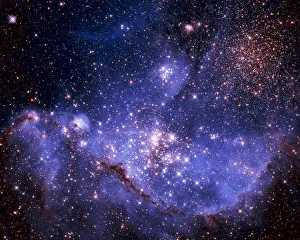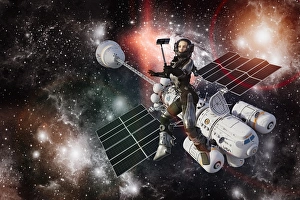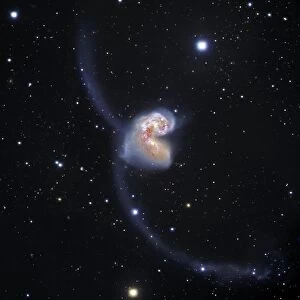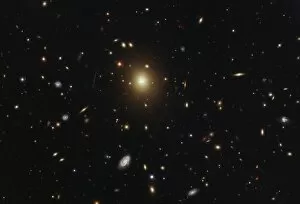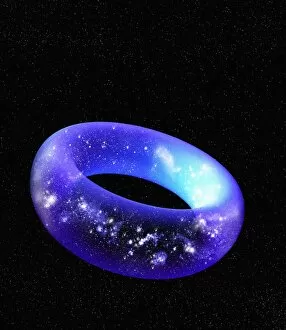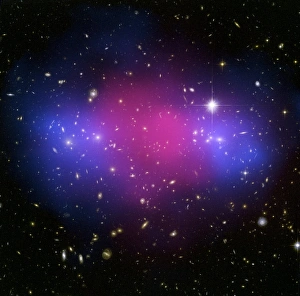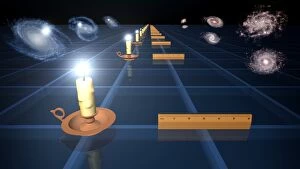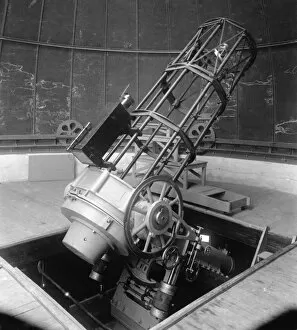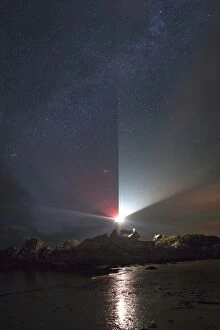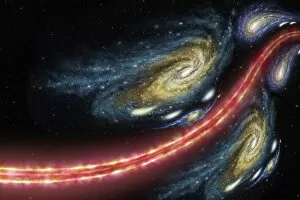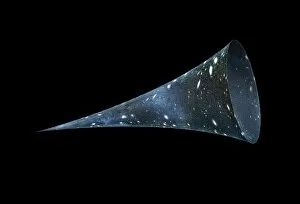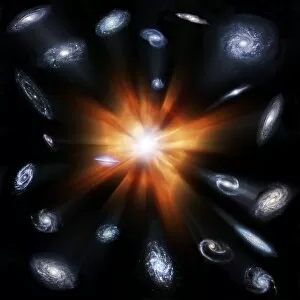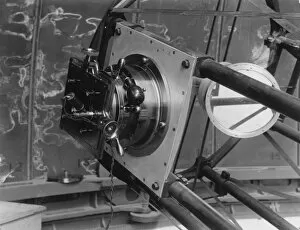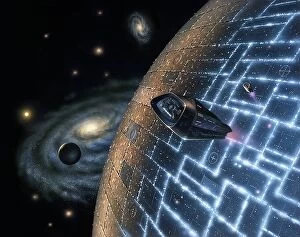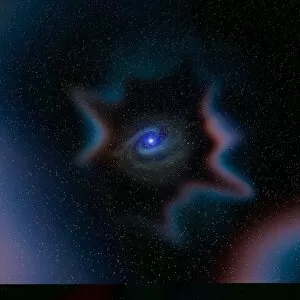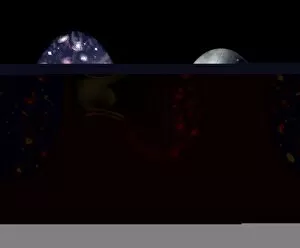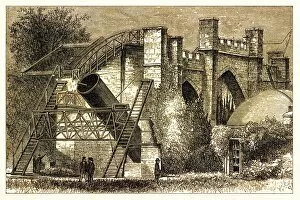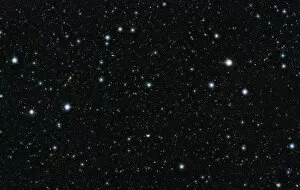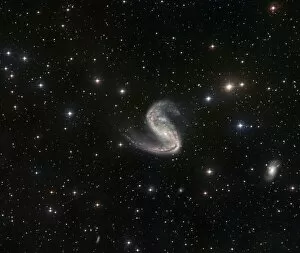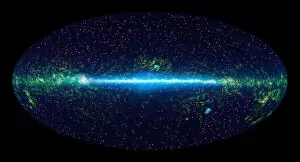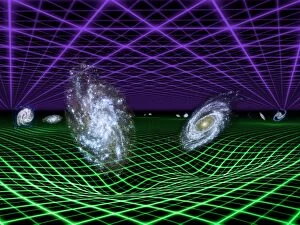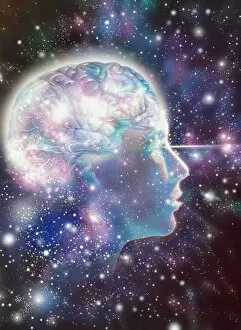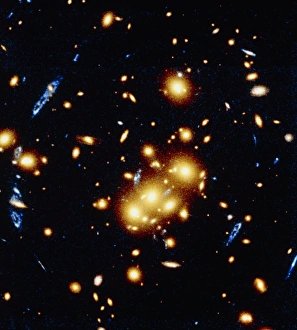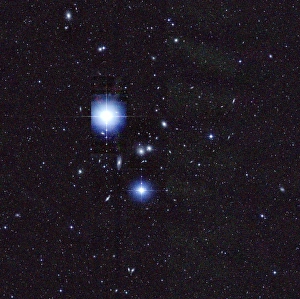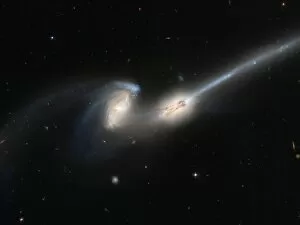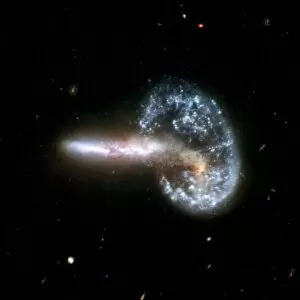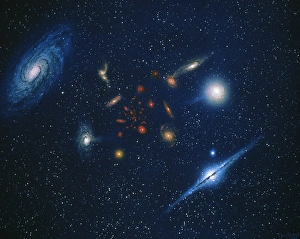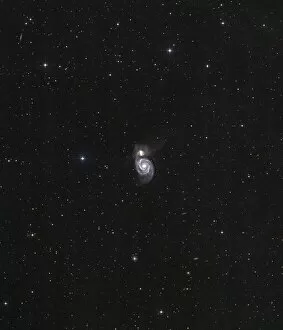Galaxies Collection (page 3)
"Exploring the Vastness of Galaxies
All Professionally Made to Order for Quick Shipping
"Exploring the Vastness of Galaxies: From Hubble Ultra Deep Field to Interacting Galaxies" The Hubble Ultra Deep Field galaxies reveal a mesmerizing tapestry of cosmic wonders, showcasing the diverse and distant inhabitants of our universe. Behold the Messier objects in their full set, a celestial treasure trove that has captivated astronomers for centuries with its stunning beauty and intricate details. Delving into the origins of our universe, the Cosmic Microwave Background provides us with an ancient snapshot, offering clues about its birth and evolution. Witness the breathtaking Antennae colliding galaxies captured by Hubble's lens, where galactic dance unfolds amidst interstellar chaos, creating awe-inspiring cosmic collisions. Embark on a journey through time as you explore the Universe timeline depicted in captivating artwork, unveiling key milestones in its vast history. A Cosmic Magnifying Glass allows us to peer deeper into space, revealing hidden secrets and magnifying distant galaxies that would otherwise remain unseen. Through a conceptual image titled "Observing the Universe, " we are reminded of humanity's insatiable curiosity as we strive to unravel mysteries beyond our earthly realm. Marvel at HST's deep view of several very distant galaxies; each speck represents countless stars and worlds waiting to be discovered within their far-flung corners of existence. Immerse yourself in an artistic representation of Torus universe—a mind-bending concept suggesting alternate dimensions coexisting alongside ours—challenging our perception of reality itself. Gaze upon Arp 147's interacting galaxies immortalized by Hubble's lens—an entangled celestial ballet where gravity shapes destiny and gives birth to new stellar formations. Pay homage to Edwin Hubble—the visionary US astronomer who revolutionized our understanding of galaxies—and whose legacy continues to inspire generations exploring outer space today.

